This is not just another tool to image cancer. The probe is a two-for-one: detect cancer and distinguish one type from another. Together, they develop a cancer fingerprint.
Determining the presence of cancer, as well as its type and malignancy, is a stressful process for patients that can take up to two weeks to get a diagnosis. With a new bit of technology—a sugar-transporting biosensor—researchers at Michigan Technological University hope to reduce that timeframe down to minutes.
A collaborative team of chemists and engineers from Michigan Tech lays the groundwork for this vision in two new papers. In the Royal Society of Chemistry's journal Chemical Communication (DOI: 10.1039/c7cc09809j), the team explains the basic science behind multicolor probes that enable targeting of a cancer-relevant fructose transporter, delving into the image-based detection of cancer cells. In the journal Biosensors (DOI: 10.3390/bios8020039), the team addresses applications for breast cancer detection and differentiating nonmalignant, pre-malignant and malignant cancer cells.
GLUT5 transports fructose and cancer loves sugar
Two Michigan Tech researchers collaborated on the studies. Marina Tanasova, assistant professor of chemistry, and Smitha Rao, assistant professor of biomedical engineering, turned a 10-minute office meeting into a two-year collaboration built on a tiny fluorescent probe that seeks out the fructose transporter named GLUT5.
Cells need carbohydrates; facilitative glucose transporters (GLUTs) bring nutrients in and out of cells. When metabolic swings kick in—say, from cancer development—the overall make-up of GLUTs change so that more or less GLUTs are active. Fructose transporters like GLUT5 are of particular interest because of the direct connection between fructose uptake and cancer development, which also changes as cancer progresses and becomes malignant.
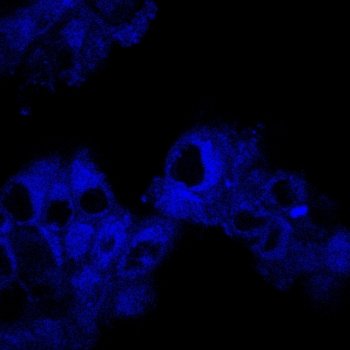
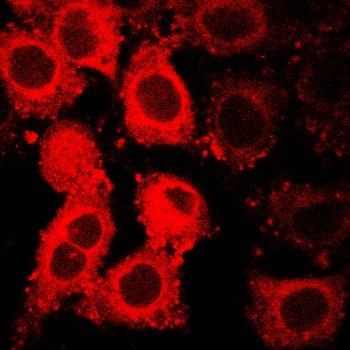
In their Chemical Communications paper, Tanasova and Rao's team report on the design and validation of the fluorescent probes, called ManCous, to observe GLUT5 activity in a cell. They document the multicolored fluorescence that distinguishes GLUT5-rich cells from those deficient in GLUT5. The follow up Biosensors paper provides a proof-of-principle use of these probes as tools to assess and compare GLUT5 and metabolic activity of different cell types, including normal cells and different cancer subtypes.
"We came closer to a basic screening of cells’ GLUT composition—one that both detects cancer and distinguishes type," Tanasova says, adding that while the concept is elegant, developing the technology is not easy. "From basic science to application, there is a lot of transformation that has to happen."
Engineering better cancer detection takes collaboration
By better understanding the science behind sugar transporters, the team is more equipped to build technology that captures an accurate and precise GLUT fingerprint of cancerous cells.
"This probe is like a Swiss army knife," Rao says, explaining that cancer detection is not the only use for the probe. "The more we learn about cancer through these probes, the more opportunities we have to apply them—which means more chances to treat different cancers, hopefully cure them, and at least prevent their spread and maximize drug delivery."
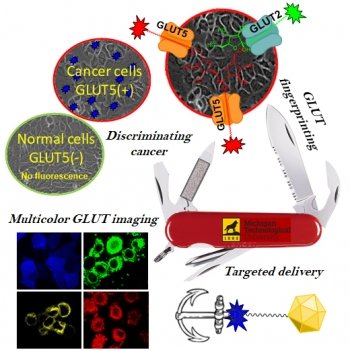
What makes the probe so versatile is its ability to not only seek out and highlight cancer cells, but also to reveal the metabolic nuances of different stages of cancer development. While cancer generally gobbles up fructose, the GLUT5 and metabolic activity of nonmalignant, pre-malignant and malignant breast cancer cells do vary, which is what Rao, Tanasova and their team explored in the Biosensors paper. They found that ManCou probes allow for parallel analysis and quantification of GLUT5 and metabolic activity of cells just after a 10-minute incubation period. The notable differences in fluorescence intensity observed between normal cells and cancer cells, as well as different cancer types, provide important points of differentiation between different cell types and make these probes promising tools for cancer detection and diagnostics.
Create the future of point-of-care devices
The research is still early on, but Tanasova and Rao have a clear vision for the project's next steps. The work is highly collaborative and built alongside the efforts of their co-authors including doctoral students Srinivas Kannan and Vagarshak Begoyan, research scientist Łukasz J. Weseliński along with graduate students Joseph Fedie, Shuai Xia and undergraduate Alexis Ferrier.
The collaboration is ongoing. The team of chemists—Tanasova, Begoyan and Weseliński—plans to delve deeper into the world of fructose transporters to expand on what they've determined about GLUT5 and provide access to probes specifically targeting other GLUTs. There is plenty of material to cover to visualize and quantify every GLUT transporter in the cellular membrane. The team of biomedical engineers—Rao and Kannan—focus on assessing numerous applications of these probes, including standard biopsy analysis and pushing the technology into clinical practice through the development of a point-of-care cancer detection device.
As Rao puts it, the team is shaping their Lego blocks so they can build down the road. Refining disease detection and treatment remains the driving force behind this interdisciplinary collaboration. The overarching idea continues to focus on taking sugar transporters and using them as a gateway to better understand the nature of cancer.
Michigan Technological University is an R1 public research university founded in 1885 in Houghton, and is home to nearly 7,500 students from more than 60 countries around the world. Consistently ranked among the best universities in the country for return on investment, Michigan's flagship technological university offers more than 185 undergraduate and graduate degree programs in science and technology, engineering, computing, forestry, business, health professions, humanities, mathematics, social sciences, and the arts. The rural campus is situated just miles from Lake Superior in Michigan's Upper Peninsula, offering year-round opportunities for outdoor adventure.
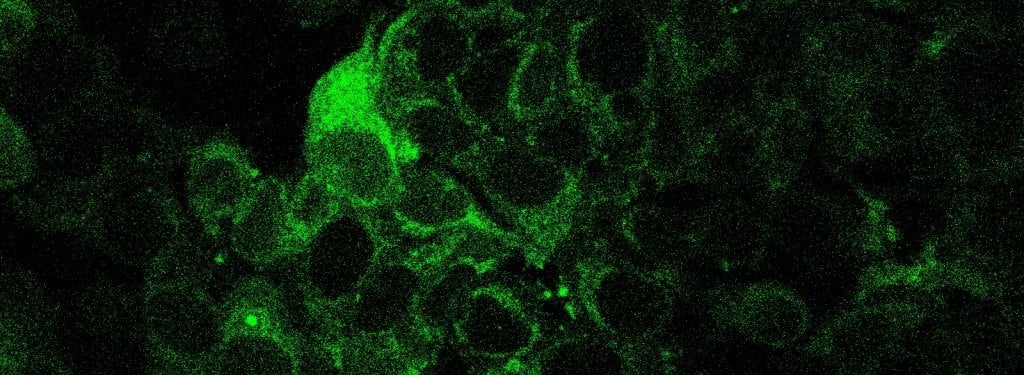

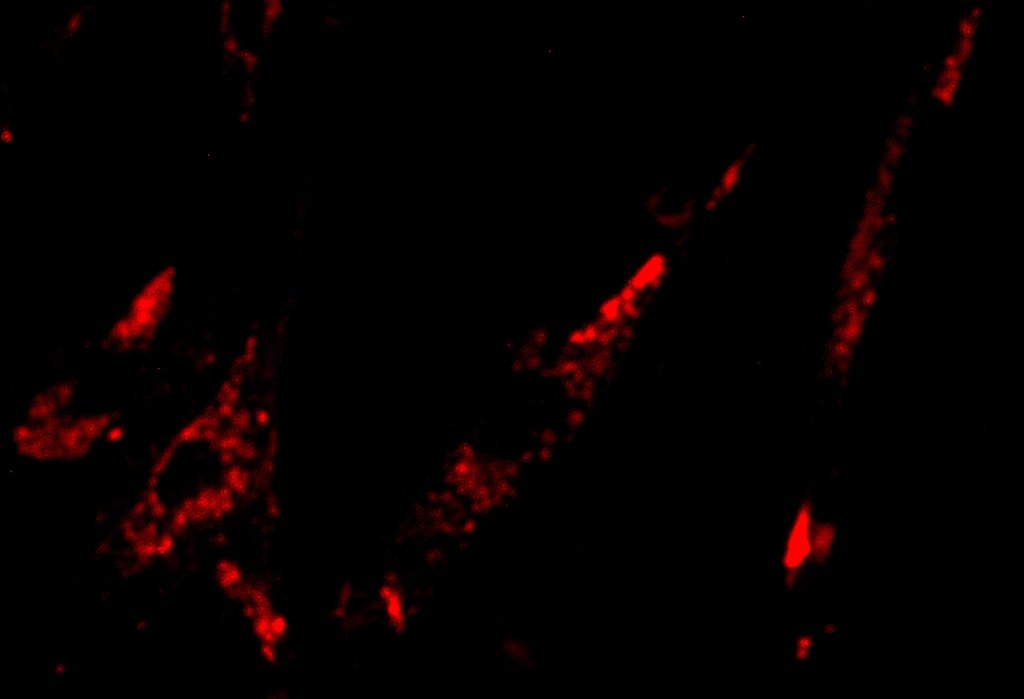
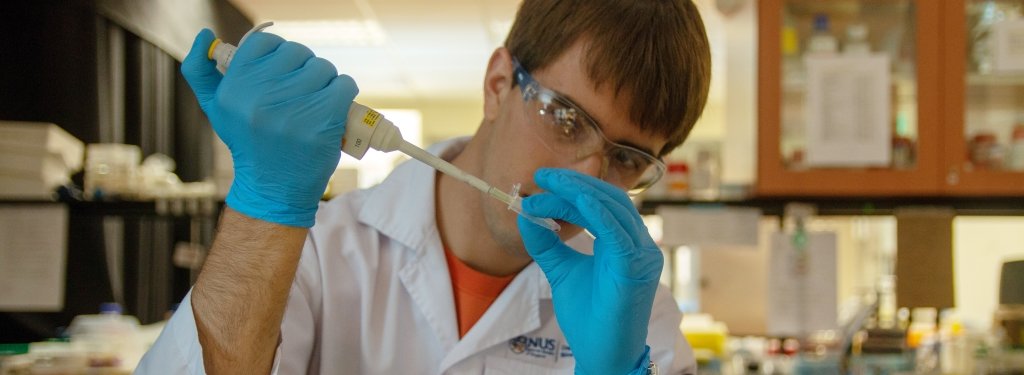

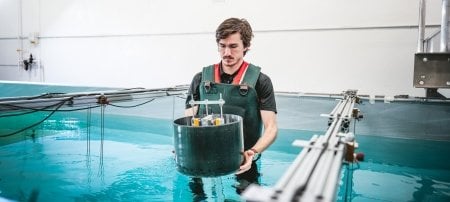
Comments